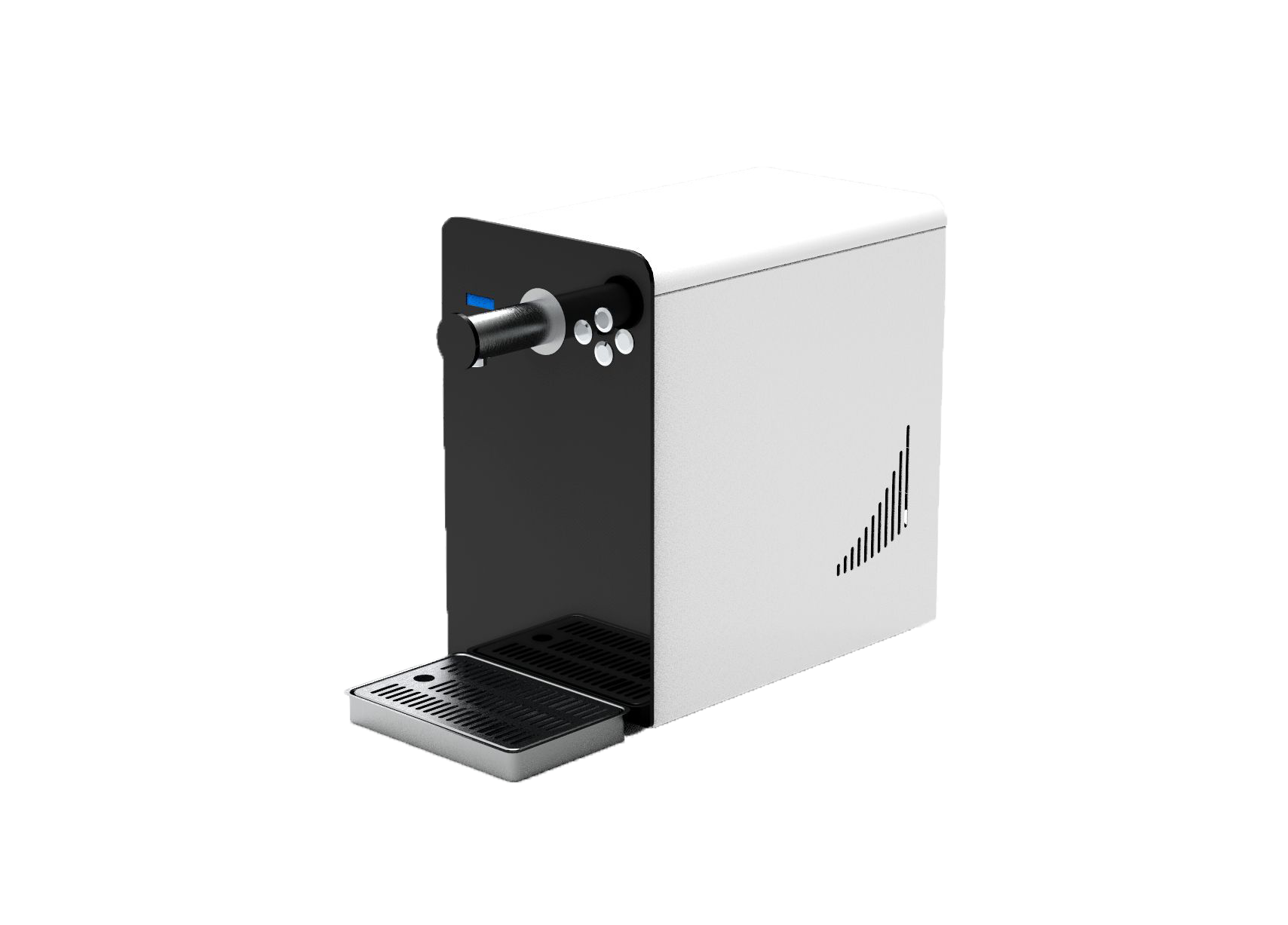How to recognise the real cooling capacity of a water dispenser by eye
In our industry, the jungle is an integral part of the landscape and for many it is not easy to understand whether the information received is correct or not.
Making an economic comparison between two products requires one or more close parameters. For cold and sparkling water dispensers, the dispensing capacity in terms of cold is the generally used parameter. If for the world of automobiles there are controls and specialised magazines that verify what the manufacturers claim, then in our world of water, alas, this is not the case, the most sympathetic and cheerful fantasy prevails. Some provide data with little objective value, others lie through their teeth, so much so that physicists who are experts in thermodynamics are enraged.
The two fundamental parameters for reading the heat output, compressor and ice bank
The compressor
The compressor is the component of the refrigeration circuit, a thermal machine, which moves energy. It takes the heat inside the water and disposes of it outside. Here is a table that roughly indicates, depending on the compressor, the cooling capacity it can generate and thus the litres of cold water. (Obviously, many variables intervene and it could be misleading to read the numbers in an absolute sense)
| Compressor power Hp | litres of water cooled with delta T 15°C (difference between inlet and outlet) |
| 1/10 | 10 |
| 1/8 | 18 |
| 1/6 | 25 |
| 1/5 | 30 |
| 1/4 | 45 |
| 1/3 | 75 |
The ice bank as a thermal flywheel
Ice needs heat to melt; a kilo of ice at zero degrees absorbs about 335 kJ (or in the old System 80 kcal), i.e. it has the capacity to cool 5 litres with a temperature jump of 15 °C. To make the cooling capacity of melting ice more obvious, if we take a litre of water at 80 °C and put a 1 kg block of melting ice inside it, when the ice is gone and only liquid water remains, the total temperature will be 0 °C. We can therefore say that with 1 kg of ice we are able to cool a little more than 5 litres with a difference of 15 °C between input and output.
How much ice is in a bank?
The calculation is quickly made, if the ice bank is well organised, about 1/3 of the total volume is used to develop ice. So, for example, a 15-litre tank will have about 5 kg of ice, i.e. a cold reserve capable of cooling a little more than 25 litres with a difference of 15 °C between input and output.
A 22-litre tank will have just over 7 kg of ice, so about 35/38 litres and so on
So far the physics, then…
Then we enter the world of mystery and the supernatural. We happen to see brochures from manufacturers claiming spectacular performance with completely undersized tanks and compressors. For example, one of our customers recently showed us a brochure from a company whose name we cannot mention, which claims: 14 litre bank, 1/4 compressor, (so 25 litres available from the ice bank reserve and 45 from the compressor: no more than 70 litres), declared 90…. For the ancient Greeks Hermes (Mercury) protected thieves, pirates and merchants, while the term Tekné denoted the art…




